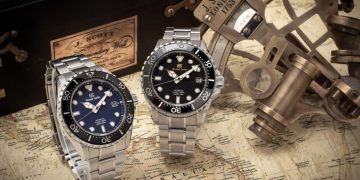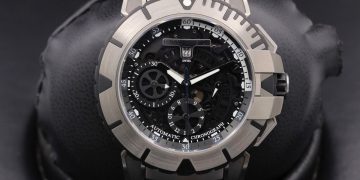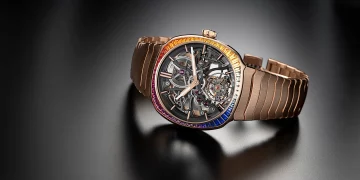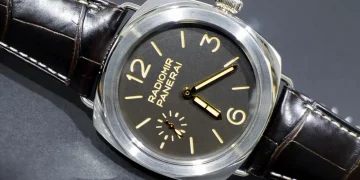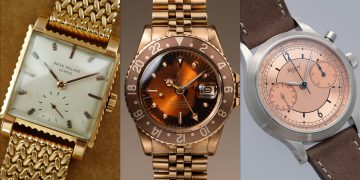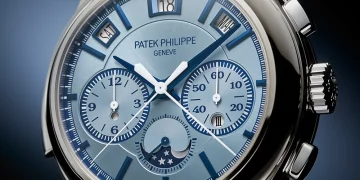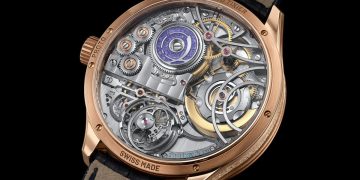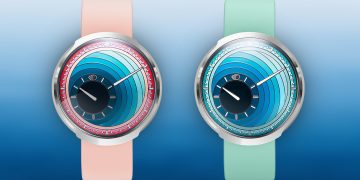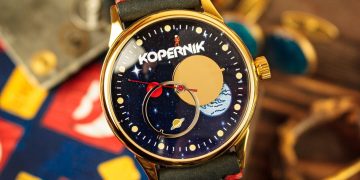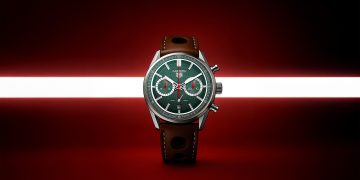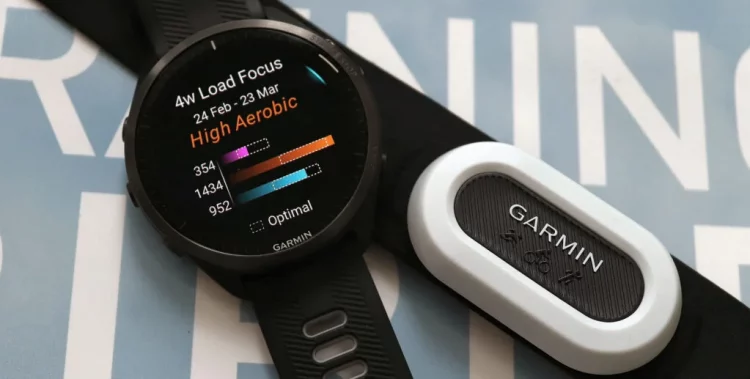Introduction: The Battle of Wearable Technologies
In the fast-paced world of wearable tech, Apple Watch and Garmin smartwatches stand as two of the most dominant and influential players in the market. While both devices serve similar functions as smartwatches, they cater to distinct user needs and priorities. Apple Watch is renowned for its seamless integration with iOS devices, luxurious design, and smart functionality, while Garmin is revered for its robust fitness tracking, advanced GPS capabilities, and long-lasting durability.
However, the two are more than just smartwatches—they represent the cutting edge of wearable technology and each has its own unique approach to integrating technology into everyday life. This article will compare and contrast the technologies behind the Apple Watch and Garmin devices, focusing on their innovations, features, and performance.
1. Core Technological Differences: Apple Watch vs. Garmin
a. Operating System and Ecosystem
- Apple Watch: WatchOS Ecosystem The Apple Watch is powered by WatchOS, Apple’s custom operating system. Designed to seamlessly work with the iPhone, iPad, and other Apple devices, WatchOS allows users to manage notifications, control music, and access various apps directly from their wrist.
- App Ecosystem: One of the standout features of Apple Watch is its rich app ecosystem. Apple’s App Store for WatchOS allows users to download apps for a wide range of purposes, from fitness tracking and health monitoring to productivity and entertainment.
- Apple Ecosystem: Apple Watch integrates effortlessly with other Apple devices, including iPhone, Mac, and iPad, creating a cohesive user experience for those invested in the Apple ecosystem. Features like iMessage, Apple Pay, Siri, and Apple Fitness+ make the Apple Watch an extension of your digital life.
- Garmin: Garmin Operating System and Multi-Platform Support Garmin smartwatches run on a proprietary operating system that is designed specifically for fitness and outdoor use. Unlike the WatchOS ecosystem, Garmin operates a more open platform, making it compatible with both Android and iOS devices.
- Fitness and Navigation Focus: Garmin’s operating system is tailored for fitness enthusiasts and outdoor explorers, with an emphasis on features like GPS tracking, navigation tools, and performance metrics for athletes.
- Garmin Connect: Garmin’s user interface centers around Garmin Connect, a mobile app and web platform that allows users to sync and track data from their device. Garmin Connect is also home to training plans, analysis tools, and community features, making it a powerful ecosystem for athletes.
b. Processor and Performance
- Apple Watch: S-Series Chips The Apple Watch is powered by a series of custom silicon chips that are designed to optimize performance while maintaining energy efficiency. Each new iteration of the Apple Watch typically comes with a newer S-Series chip that boosts processing power, graphics, and machine learning capabilities.
- S7 Chip (Apple Watch Series 7): The S7 chip featured in the Apple Watch Series 7 brought substantial improvements in processing power and battery efficiency compared to previous models.
- Machine Learning: With each new model, Apple enhances the ability of the watchOS to leverage machine learning for smart features, such as heart rate prediction, motion detection, and app recommendations.
- Garmin: Proprietary Processors Garmin smartwatches are powered by a range of proprietary processors, depending on the model. Garmin typically uses low-power processors that are optimized for longer battery life and efficient GPS processing.
- Dual-Frequency GPS: Garmin’s advanced GPS technology is one of the standout features of its devices. Many of their higher-end models, like the Fenix 7 and Forerunner 945, feature dual-frequency GPS support, which allows for more accurate GPS tracking in challenging environments (such as dense forests or urban canyons).
- Energy Efficiency: Garmin’s focus on energy-efficient processors is a significant factor in its superior battery life, especially compared to the Apple Watch.
2. Health and Fitness Technology: Apple Watch vs. Garmin
a. Heart Rate Monitoring and Sensors
- Apple Watch: Advanced Health Sensors The Apple Watch features a range of health sensors, with the optical heart rate sensor being one of its most notable. The Series 4 and later models also include electrocardiogram (ECG) functionality, which allows users to take a medical-grade ECG right from their wrist. Additionally, the blood oxygen sensor measures oxygen saturation (SpO2) levels.
- Fitness Tracking Features: The Apple Watch tracks a range of activities, including running, cycling, swimming, and indoor workouts. It integrates with Apple Fitness+, which provides a library of workout classes for various fitness levels.
- Fall Detection and Emergency Features: The Apple Watch can detect hard falls and automatically alert emergency services if the wearer is unresponsive, making it a top choice for individuals concerned with safety during exercise or outdoor activities.
- Garmin: Performance-Oriented Sensors Garmin smartwatches excel in the realm of advanced fitness tracking. Many Garmin models come equipped with optical heart rate sensors, pulse oximeters for measuring SpO2 levels, and advanced sensors like the Barometric altimeter for tracking elevation during outdoor activities.
- Advanced Metrics: Garmin offers running dynamics, such as cadence, vertical oscillation, ground contact time, and stride length, making it ideal for serious athletes who need detailed performance data.
- Body Battery: Garmin’s Body Battery feature tracks the body’s energy reserves based on factors like stress, heart rate variability, and sleep patterns, helping users optimize their training and recovery periods.
b. GPS and Navigation
- Apple Watch: Basic GPS Functionality Apple Watch offers built-in GPS from the Series 2 onward, allowing users to track their runs, bike rides, and hikes without needing their iPhone. However, Apple’s GPS technology, while accurate for general fitness tracking, is not as specialized as Garmin’s.
- Maps and Navigation: The Apple Watch provides basic navigation tools for walking and driving. It uses Apple Maps for turn-by-turn navigation, but the functionality is more suited for urban and short-distance navigation.
- Garmin: Advanced GPS and Mapping Garmin’s focus on advanced GPS technology is one of its most significant advantages over Apple Watch. Garmin’s smartwatches use multi-frequency GPS, GLONASS, and Galileo satellite systems, which allows them to provide highly accurate location tracking, even in challenging environments.
- Topographic Mapping: Models like the Garmin Fenix 7 and Instinct 2 series feature topographic maps, route planning, and real-time navigation for outdoor activities like hiking, mountain biking, and trail running.
- Real-Time Data: Garmin watches offer live tracking and weather updates for outdoor adventurers and athletes, allowing them to stay connected in real-time.
3. Battery Technology: Apple Watch vs. Garmin
a. Apple Watch: Battery Life and Efficiency
- Typical Battery Life: Despite Apple’s impressive innovations, one of the biggest drawbacks of the Apple Watch has always been its battery life. Depending on the model, users can expect around 18 to 36 hours of battery life, with more intensive usage (like GPS tracking) draining the battery more quickly.
- Battery Efficiency Innovations: Apple has worked to improve battery efficiency with each new iteration, but users still often find themselves charging the watch on a daily basis.
b. Garmin: Unmatched Battery Life
- Long-Lasting Battery: Garmin is widely regarded as a leader in battery technology for wearables. With models like the Garmin Fenix 7X Solar, Garmin offers solar charging, extending battery life significantly when exposed to sunlight.
- Battery Modes: Garmin smartwatches are equipped with various battery-saving modes, such as UltraTrac, which helps users extend battery life while tracking activities for extended periods.

4. User Experience and Interface: Apple Watch vs. Garmin
a. Apple Watch: Sleek and Intuitive User Interface
- WatchOS is known for its sleek and intuitive interface. Apple’s Taptic feedback and haptic touch make interactions smooth and responsive. Navigating through apps, tracking workouts, and using Siri are all highly user-friendly.
- Customization: The Apple Watch offers extensive customization of watch faces and app arrangements, making it a highly personalized experience.
b. Garmin: Function-First Design
- Garmin smartwatches take a more functional approach with their user interface. While still featuring a color display, Garmin’s menus are focused on providing performance data and easy access to fitness tracking features.
- Physical Buttons and Touchscreen: Garmin smartwatches typically have physical buttons (in addition to the touchscreen) to ensure ease of use, even during rugged activities like hiking or mountaineering.
5. Price and Value for Money: Apple Watch vs. Garmin
a. Apple Watch Pricing
- Entry-Level: The Apple Watch SE starts at around $249 for the GPS model, offering a budget-friendly option for Apple fans.
- Premium Models: The Apple Watch Ultra starts at around $799, providing premium features like larger displays, better battery life, and rugged designs.
b. Garmin Pricing
- Entry-Level: Garmin’s Vivoactive and Forerunner series start at around $199, providing great value for fitness enthusiasts.
- Premium Models: Higher-end models like the Garmin Fenix 7X Solar or Forerunner 945 can exceed $700, making Garmin’s premium offerings competitive with Apple Watch Ultra.
Conclusion: Which Brand Leads in Wearable Technology?
Both Apple Watch and Garmin represent the pinnacle of wearable technology, but they each cater to different user groups. The Apple Watch excels in integration with the Apple ecosystem, user-friendly interface, and general smartwatch functionality, making it the top choice for iPhone users.
On the other hand, Garmin offers a more specialized experience for athletes, outdoor enthusiasts, and those who demand advanced fitness tracking, GPS accuracy, and battery longevity.
Ultimately, the decision between Apple Watch and Garmin comes down to your personal needs and preferences. Whether you’re looking for a comprehensive smartwatch that integrates into your daily life or a rugged companion for extreme outdoor activities, both brands offer exceptional technology in their own right.


